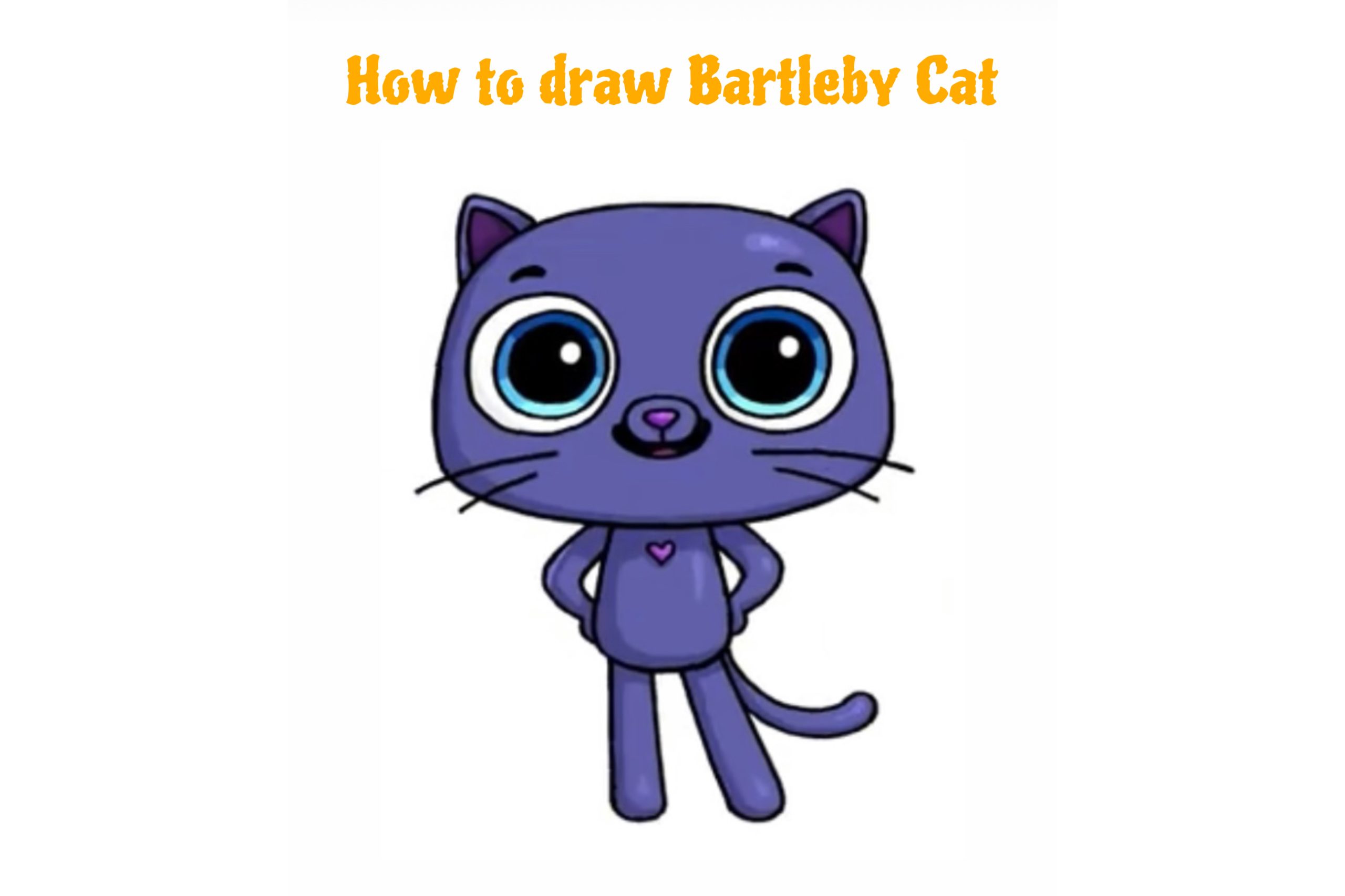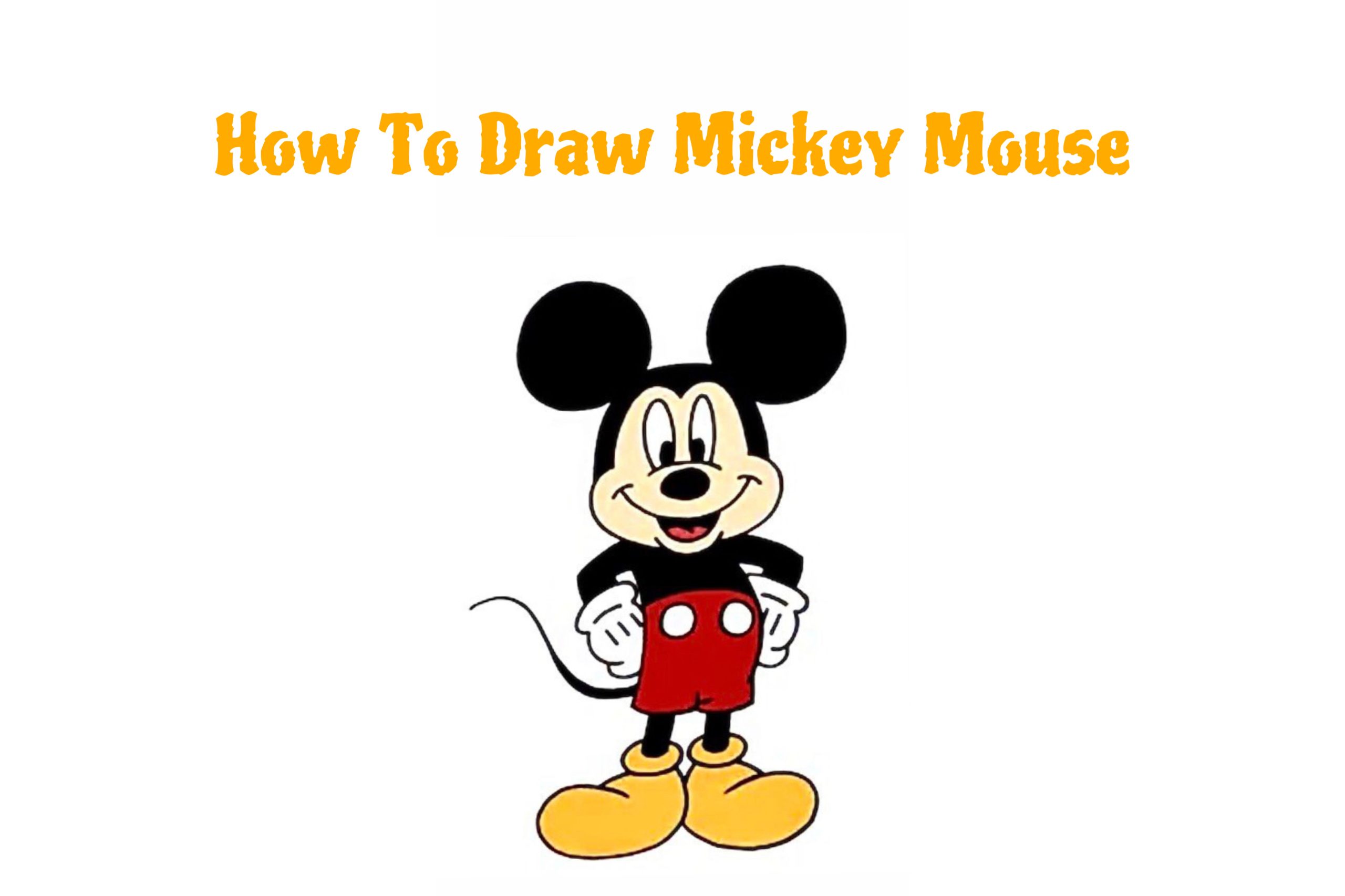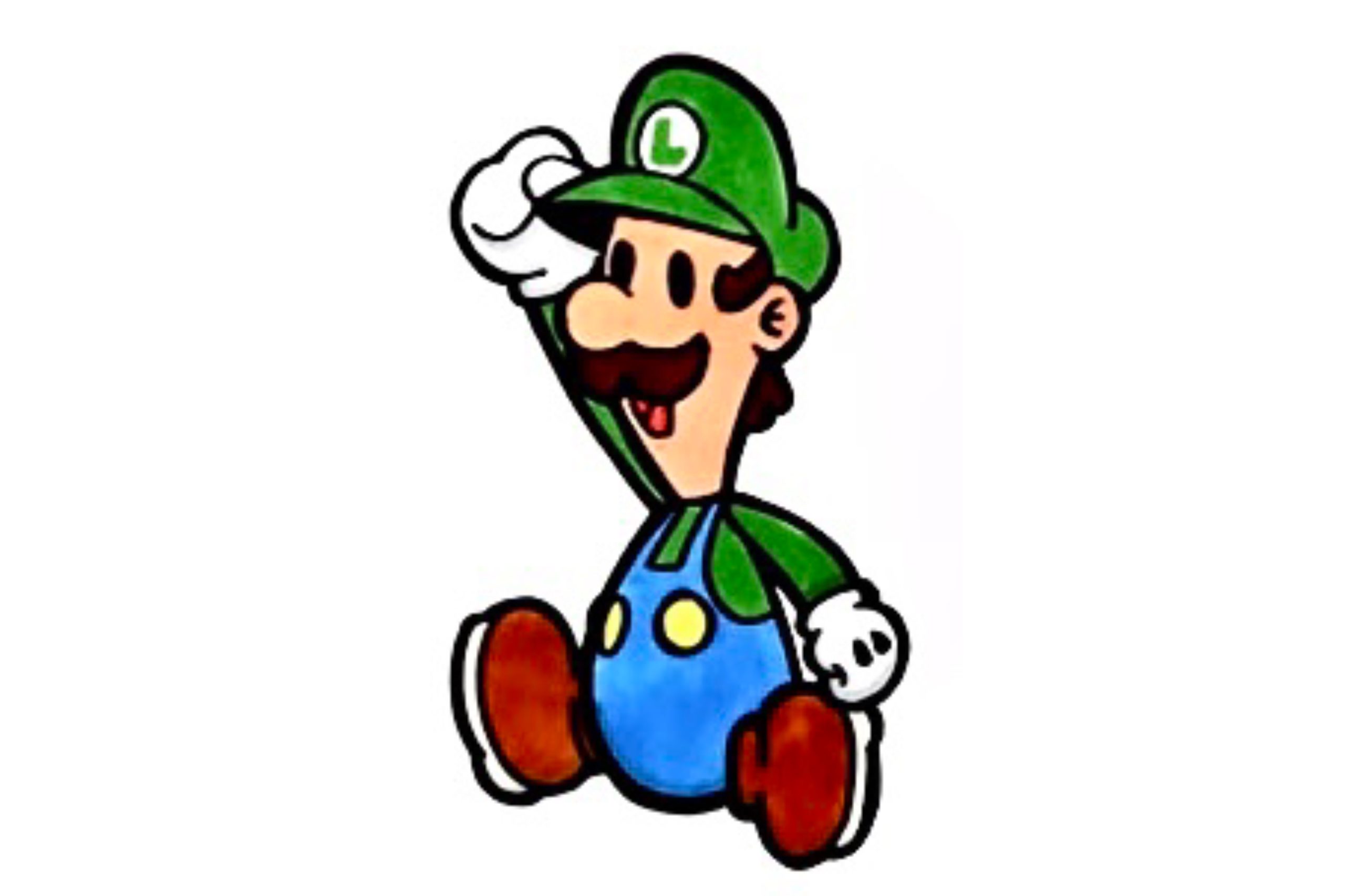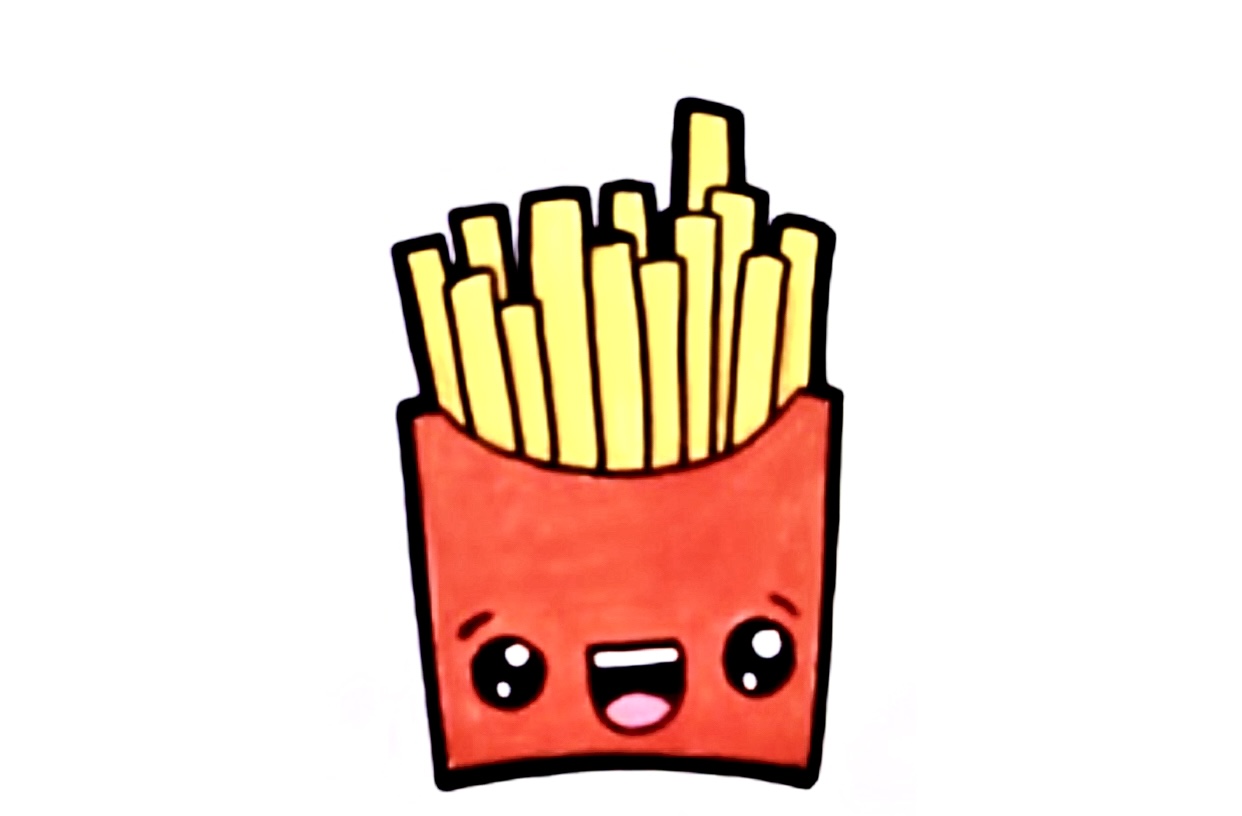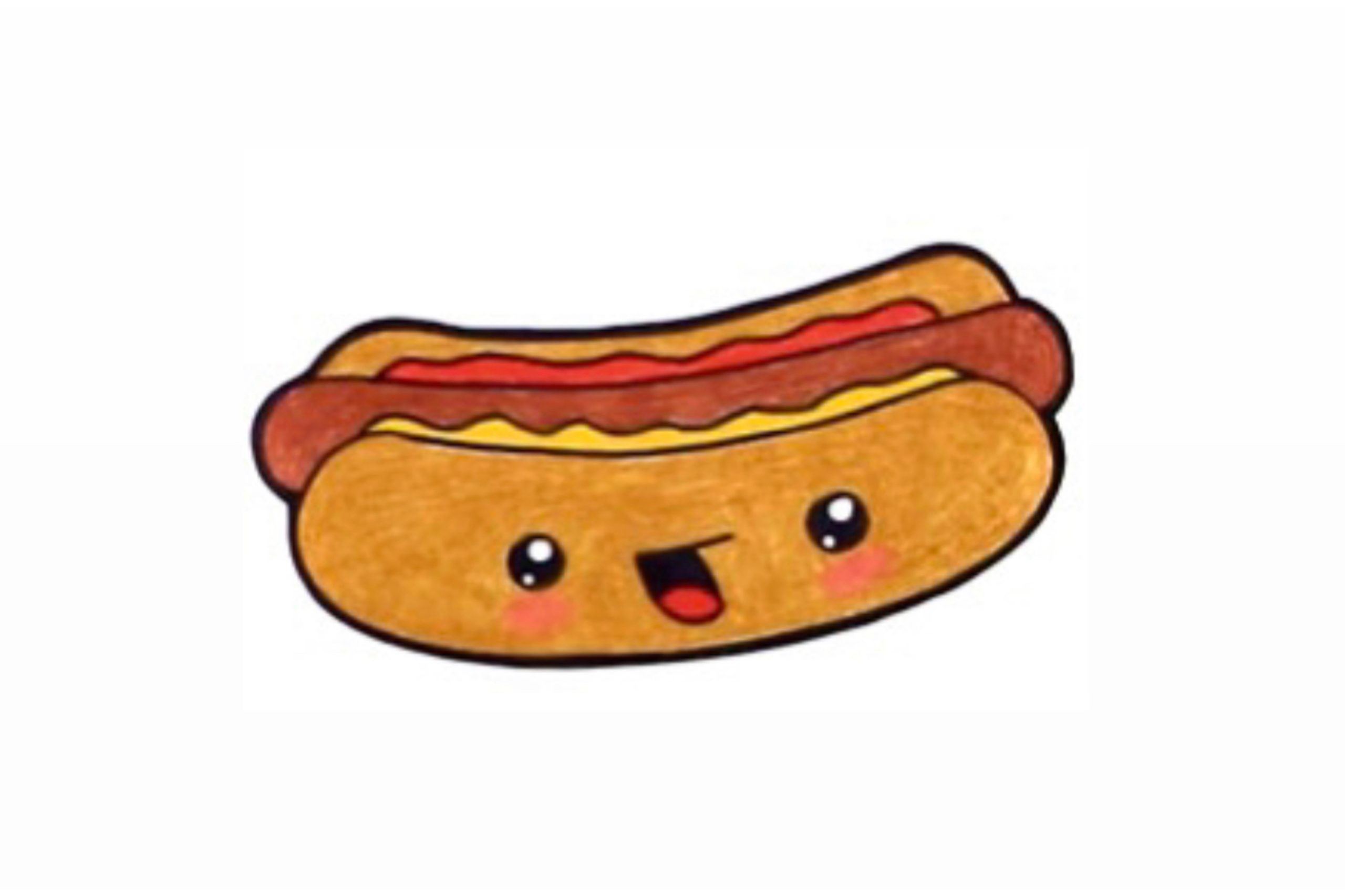Coloring Techniques
Coloring Techniques For Fantasy Art
Fantasy is a genre where fine art can also be found. This term often refers to the latest art created after 2000. Fantasy art artists usually draw inspiration from fantasy literature, oddities, the subconscious, dream states, and fairy tales. Coloring techniques are vital in creating vibrant and emotional fantasy art pieces. Join our blog as Jorz.art is about to explore fundamental to advanced coloring techniques for fantasy art, helping you create colorful and attractive pieces!
I – Introduction
1. Introduction to Fantasy Art
The fantasy genre is often divided into science fiction, inspired by technology, and fantasy, based on mythology and folk culture. Magical realism is also prevalent in art, referring to unusual and astonishing images. Magical realism eliminates imitation, blurring the boundary between reality and the fantastic. This art form bears the traces of richly imaginative surrealism created in its artistic vision.
The fantasy genre has a solid historical foundation—Roman and Greek mythology, Asian dragon/magic images, and Renaissance art combine components to create modern fantasy. Whether it’s because of dragons, wizards, epic battle scenes, or the idea of magic, fantasy art has a rare power to attract human attention.
2. The Importance of Coloring Techniques in Fantasy Art
Coloring techniques play an essential role in fantasy art as they affect emotions, space, light, shadow, detail, and the liveliness of the piece. Coloring can be used to create different atmospheres, from mysterious to fantastical, and to emphasize specific points of the piece.
For example, a fantasy painting of a fire dragon with vibrant red and hot orange colors can create a strong and fierce feeling. Conversely, a painting of a gentle fairy with cool colors like blue and pale purple can create a serene and mysterious feeling.

II – Why is fantasy art so unique?
Fantasy = Storytelling
Something about fantasy, magic, and the supernatural captivates humans, and fantasy and supernatural elements have inspired art, literature, and oral traditions since their inception.
Storytelling naturally occurs in fantasy, where dark forests and damp dungeons hide deep and ancient secrets. This genre is full of symbolism and creatures from other worlds with strange powers that add tension and excitement to the artwork. In fantasy art, alarm bells toll for sailors doomed on rocks, human-animal hybrids turn out to be bizarre protagonists, and dragons guard precious treasures.
Dwarves, Elves, Dragons & Orcs
‘Classic characters’ that are fun, scary, and magical appear in fantasy stories, worlds, images, and paintings. Of course, there are many classic characters in the Fantasy genre: centaurs, witches and wizards, elves, gnomes, goblins, shapeshifters, fairies, winged horses (and people), mermaids, etc.
Related topic: Mandala Coloring Benefits
Heightened Drama
If popular films about young witches and cursed rings have taught us anything, people love the high drama that the fantasy genre brings. Everyday life lacks a certain kind of “magic” that fantasy allows (or encourages).
Color, Light, and Concept
Imaginative art is also great because it inherently requires fantastic color, light, and concepts. It’s no coincidence that in the darkest caves, the hero happens to carry a jar of glowing liquid, or bioluminescent mushrooms light up the forest at night in a fantasy scene—the drama built into fantasy brings an astonishing array of colors, lights, and appealing concepts.
No Limits (like Gravity)
Fantasy art is terrific because there are no limits to what you can create or what your characters can do. Magic, treasure, the power of flight, and the ability to do the impossible in real life keep the imagination fresh, engaging, and inspiring.

III – Fantasy Coloring Techniques
Layering Technique
The layering technique is essential; it will give you more creative choices than just filling areas with a specific color block.
Layering will help create depth, features, texture, and more that you don’t have compared to just coloring blocks. You can also change color when layering, direct shadows, create points, etc., all of which contribute to creating beautiful effects in fantasy paintings. However, do not always use layers. Layers should have prior understanding and calculation to get the best effect.
Eraser Technique
Using an eraser can help you create specific effects; keep the eraser clean to avoid accidentally leaving unwanted colors on the fantasy painting.
Mastering the Color Wheel Technique
This is broad knowledge, but you should learn some theories about color and how to mix colors in magical settings. Understand the combination of warm and cool colors, mixing colors, creating layers, and the layout of drawing mythical creatures. Artists use color to create depth, allure, or special effects.
Working with the White Color Technique
White is used by many artists as a neutral blending color to create light tones or soften existing color layers without having to add more color. It is used to create texture for dark colors in fantasy art.
Shading Techniques Different shading techniques produce different effects, including circular shading or hatching. Circular shading involves shading with circular movements to create color layers. Hatching involves shading with straight lines and then changing the direction of the hatching in the next round, such as vertical, diagonal, horizontal, and repeat. These depend entirely on how you apply them and form the foundation for other drawing techniques.
Shading Techniques
Different shading techniques produce other effects, including circular shading or hatching.
Circular shading involves shading with circular movements to create color layers.
Hatching involves shading with straight lines and then changing the direction of the hatching in the next round, such as vertical, diagonal, horizontal, and repeat.
These depend entirely on how you apply them and form the foundation for other drawing techniques.
Using Support Tools for Beautiful Coloring
The technique uses a square-headed brush and rigid material to rub on the color surface.
The technique of using alcohol (rubbing alcohol). After creating a color surface, use a cotton swab soaked in a bit of alcohol (rubbing alcohol) to apply it to the color surface to create a surprising effect.
The technique of using tape to reduce color. After creating a relatively uniform color surface, use tape to apply color. Create a brighter color effect in the areas taken.
The technique of using a brush and water (watercolor pencils). After having a color surface,. You dip the brush into clean water and then apply it to the color surface.
The technique of embossing. Prepare a sheet of paper and a beautiful, patterned object in advance. Place the paper on the pattern surface and use the pencil to color it evenly. Then you have a fantasy art product.

IV – FAQ
1. How to choose the right color for fantasy art?
When choosing colors for fantasy art, you should consider the following factors:
The subject and context of the work: Use colors suitable for the subject and context, such as red-orange for fire dragons or blue-purple for fairies.
The atmosphere and emotions you want to convey: Use red, yellow, and orange to create energy and vitality or cool colors like blue and purple to make sense of mystery and mystique.
Draw contrasting colors: It helps us determine which color is the accent and primary color, creating a transparent main-sub element in a painting. We can understand contrasting colors as pairs of colors that are opposite each other on the pure color wheel (for example, green – red, blue – orange, yellow – purple); in addition, there is also contrast in nature (hot-cold) or contrast in brightness (light-dark). The characteristic of this color coordination is the large and contrast, creating dynamism and prominence, and it is suitable for youthful themes. However, you should also remember that if not used skillfully, contrasting colors will create a very eye-straining, uncomfortable feeling.
Harmony: It is the harmony of colors in a fantasy painting. This color coordination appears everywhere, not only in decorative paintings but also in fantasy art. The unique feature differentiating harmony and contrast is the smoothness when changing color (the amount of main contrast, color, and background color does not differ too much), not harshness like the contrast. However, they also use opposing color pairs to create the main sub for the painting.
2. How do we create light and shadow effects for fantasy art?
In fantasy art, creating light and shadow is essential in creating depth, liveliness, and visual effects.
Observation and understanding of light and shadow
To create light and shadow in watercolor paintings, observe and understand how light affects and creates shadows on objects and surfaces.
Observe how light shines on the object, creating highlights and dark areas.
Understand how shadows are created by light not directly shining on an area, creating a darker area and contrast with the light.
Using light and dark colors techniques
To create light, use colors like pale yellow, yellow, or yellow-orange to develop highlights and brightness.
To create shadows, use dark colors like blue-black, black, or dark gray to create movement and contrast with the light.
Combine light and dark colors to create light and shadow effects naturally and realistically.
Using glazing techniques to create light and shadow
The glazing technique applies thin watercolor layers on a dry base color or previous dry color layer.
To create light, glaze a light and bright color layer on the area directly illuminated by the light.
To create shadows, glaze a darker and deeper color layer on the obscured area that does not receive direct light.
Using water brush and water glazing techniques
Use a watercolor brush to combine light and dark colors to create a smooth and moving effect.
Use a water brush to glaze the color and create a blur in the areas of light and shadow.
Use water brush and water glazing techniques to create movement and vibrant effects in the painting.
Creating contrast
Use the contrast between light and shadow to highlight the main details in the painting.
Increase contrast by using brighter and darker colors.
Note the color transitions from light to shadow, and create movement and depth in the painting.
Creating light and shadow in fantasy art requires meticulous observation and detailed drawing skills. You can create vibrant and realistic fantasy art pieces by applying the above techniques and understanding light and shadow in reality.
Now we know that coloring technique is essential in fantasy art, helping to create vibrant, emotional, and attractive works. We can create sparkling fantasy art paintings and unleash our creativity by mastering coloring techniques. Share this with your friends and relatives to learn more about coloring techniques and enjoy this exciting process of creating fantasy art!
Fantasy is a genre where fine art can also be found. This term often refers to the latest art created… View More



